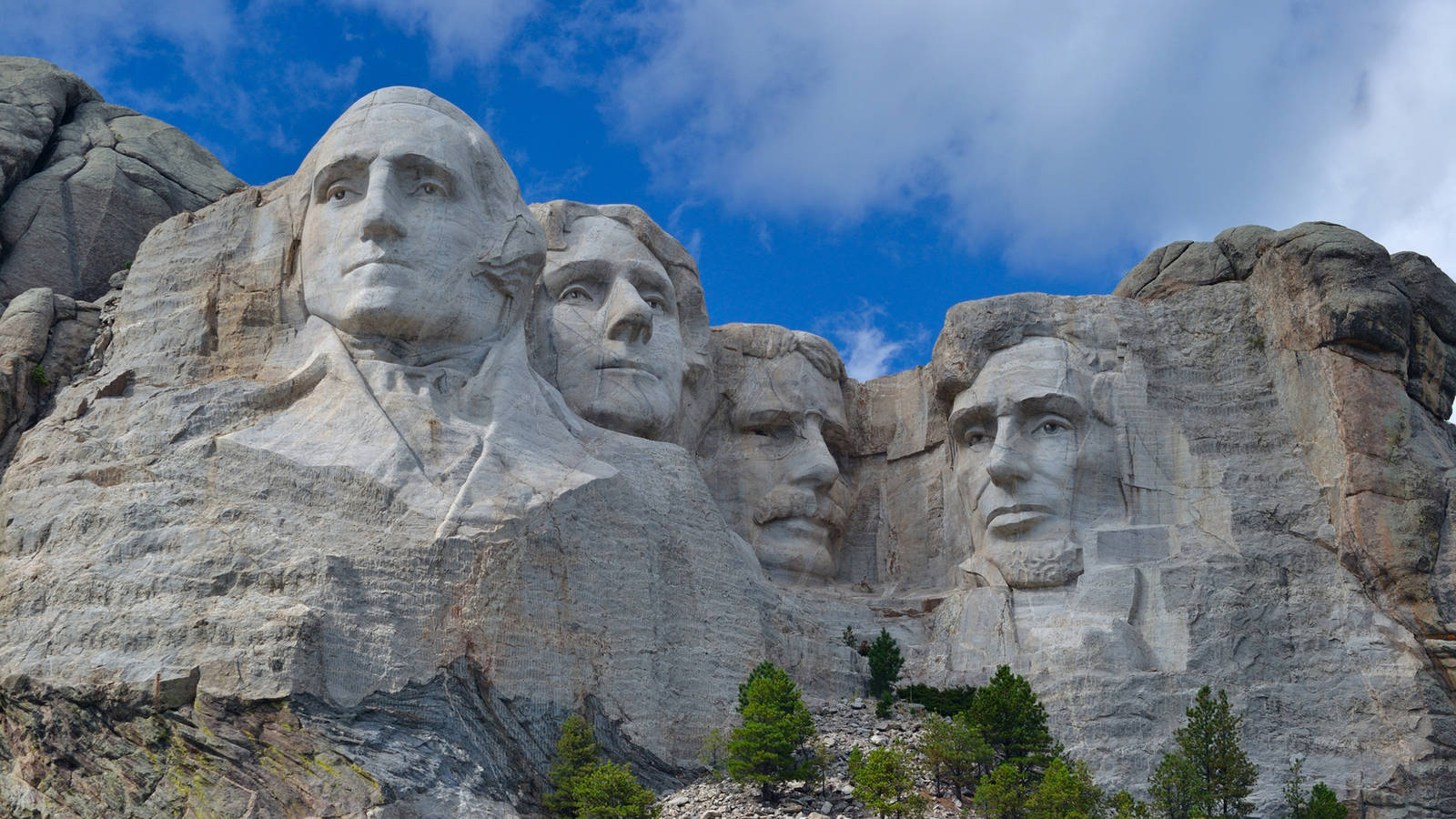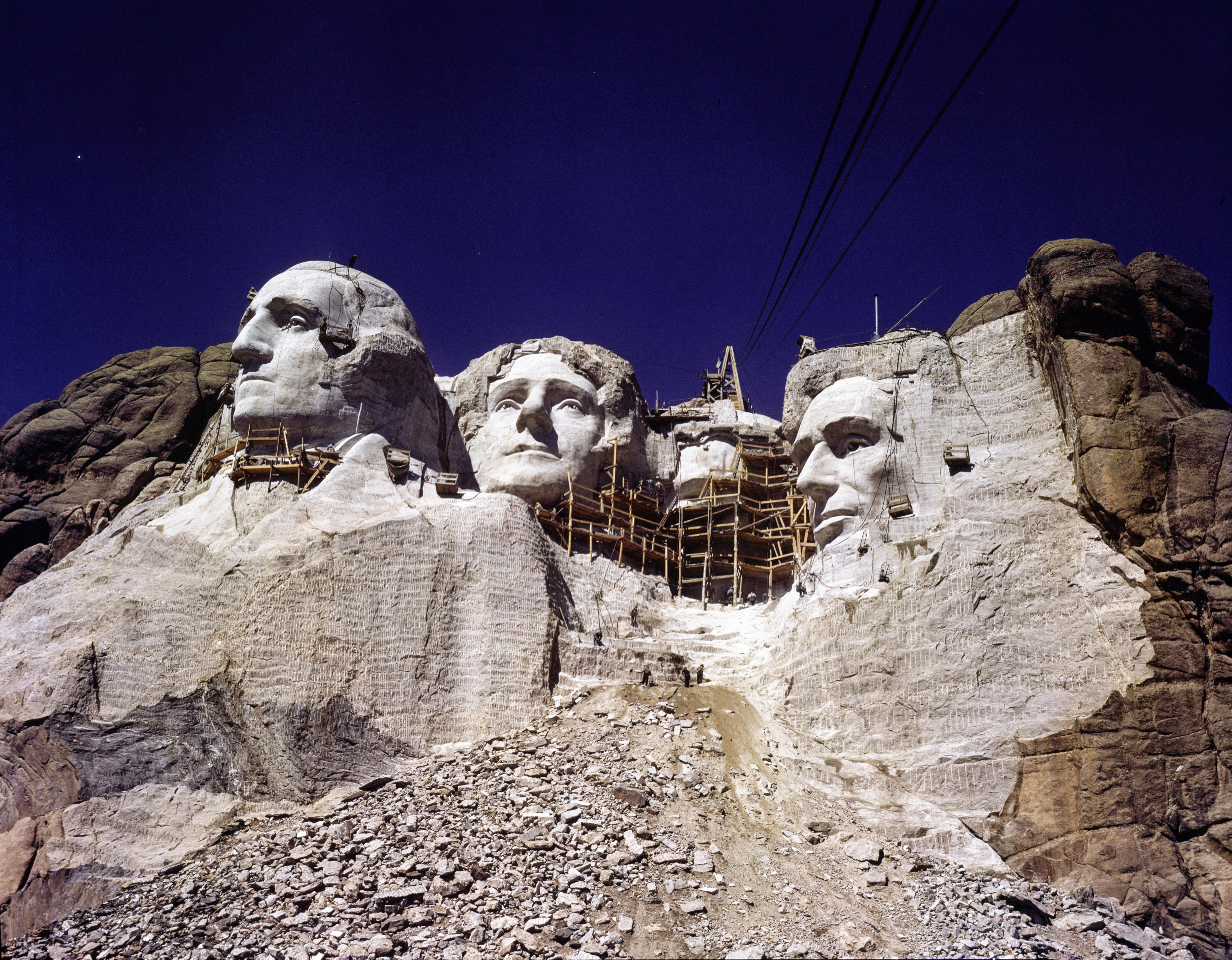Table Of Content

One of my favorite ceremonies was during a touching moment after the lighting where the national park ranger invites all active and retired military onto the stage to commemorate their sacrifice for their country. It’s a fitting venue since the Mount Rushmore National Memorial is probably one of the most patriotic monuments in America. The Chief Carver of the mountain was Luigi del Bianco, artisan and headstone carver in Port Chester, New York. Del Bianco emigrated to the U.S. from Friuli in Italy, and was chosen to work on this project because of his understanding of sculptural language and ability to imbue emotion in the carved portraits.
When Was Mt Rushmore Built
Hitchcock had to promise Cary Grant and other actors wouldn’t run across the tops of the presidents’ heads. This not-so-secret room isn’t open to the public but has been the subject of much speculation and was even depicted in the National Treasure fictional historical conspiracy movies. Over the next 16 years, Borglum wrangled with the federal government about funding and control of Mount Rushmore—which he never technically completed. An aerial view of Mount Rushmore taken in 1967 shows the four presidential faces, the surrounding Black Hills, and its jumbo parking lot. Both the parking lot and the parking garage which replaced it in the 1990s drew criticism for the clearing of land required to build them; the current $5 fee to park in the garage isn’t popular with tourists either.
Related: the other side of iconic monuments
Had it not been for a band of impenetrable mica schist lower in the mountain, and time restraints, Borglum and his crew of carvers would have hewn down to the presidents’ waists. The wide-eyed sculptor had also envisioned an entablature 120 feet high and 80 feet wide, in the shape of the Louisiana Purchase, to the right of the presidents, on which a brief history of the United States would be etched. He even launched a contest, calling for Americans to submit inscriptions.
A controversial sculptor
Inside, the walls would be carved with depictions of pivotal moments in US history. It would also house the original declaration of independence, the constitution, and more. It would even include smaller busts of famous Americans and a list of U.S. contributions to the world.
Over the 14 years spent constructing the memorial, funding was always an issue. In the end, the project cost nearly $1 million, about 85 percent of which came, according to Bracewell, from federal funds. The sculptor chose Mount Rushmore in part because it faces southeast for maximum sun exposure. The carving was the idea of Doane Robinson, a historian for the state of South Dakota.
While Mount Rushmore is revered by some Americans, it may also be viewed with contempt by Native Americans. Mount Rushmore has a reputation for being a sacred site for some Americans, but it has a stinging legacy for Native Americans. Mount Rushmore’s interpretation of U.S. history ignored that Roosevelt, for example, oversaw the dismantling of Indian Territory in Oklahoma, while Washington and Jefferson owned enslaved Africans. As Sprague points out, even Lincoln was enthusiastic about western expansion and, in 1862, dispatched U.S. troops to Minnesota to put down a Dakota uprising. Mount Rushmore opened to the public even as the Lakota continued legal challenges. In the decades since, the memorial and its surroundings have served as a flash point for the treatment of Native Americans.
Funding problems made the project take longer than was originally expected. Back in this country, Borglum led a life marked by artistic success, public service, and occasional controversy. His Mares of Diomedes was accepted by the Metropolitan Museum of Art in New York City. He did a large equestrian bronze of General Phil Sheridan which Theodore Roosevelt unveiled in Washington. He also created a memorial to Pickett's Charge on the Gettysburg Battlefield. For Newark, New Jersey, he created the Wars of America memorial and the Seated Lincoln.
The 1980 United States Supreme Court decision United States v. Sioux Nation of Indians ruled that the Sioux had not received just compensation for their land in the Black Hills, which includes Mount Rushmore. In 1998 the massive face of the chief was finished, but it’s still a long way from completion. One unusual fact about this nearly 1-billion-dollar project is that it suffered no casualties. A very rare occurrence for a job of this size and this time in US history. The original design for one of America’s most recognized monuments was very different from its finished product.

The Mount Rushmore sculpture ensemble quickly became one of the United States’ great iconic images. The memorial is now among the most heavily visited NPS properties and is one of the top tourist attractions in the country. Over the years, components of the site’s infrastructure, such as accessibility and visitor facilities and services, have been improved and expanded to accommodate the two million or more people who go there annually.
There are 422 stairs to climb so be prepared -the trail is not wheelchair accessible. After a day exploring town, our Mount Rushmore visit started off with an evening tour. Arriving a couple of hours before sunset, we had the chance to explore the grounds, walk the avenue of flags, visit the the museum and learn about the monument before watching the lighting ceremony. Peter Norbeck, the US Senator from South Dakota, sponsored the project and secured federal funding.
The Treaty of Fort Laramie, hashed out between the United States and the Lakota in 1868, declared the Black Hills to be Lakota land. But, in the 1870s, at the behest of President Ulysses S. Grant, a small army led by Lt. Col. George Armstrong Custer occupied the region. Gold was struck, and a rush of panhandlers began to illegally settle the area. The Great Sioux War erupted in 1876, and by 1877, an act of Congress forced the defeated Lakota to surrender their land. “Tourists soon get fed up on scenery unless it has something of special interest connected with it to make it impressive,” he said.
The Last Living Carver of Mount Rushmore Reflects on the Monument at 75 - Smithsonian Magazine
The Last Living Carver of Mount Rushmore Reflects on the Monument at 75.
Posted: Thu, 27 Oct 2016 07:00:00 GMT [source]
As the U.S. continues to reckon with the Confederate statues and other monuments to its racist past, some tribal leaders and their supporters have called for the removal of the memorial. Forces began campaigning to add faces to Mount Rushmore while the monument was still under construction. First Lady Eleanor Roosevelt supported an unsuccessful 1936 proposal to put women’s rights activist Susan B. Anthony on the rock. The idea that the memorial could somehow evolve would live on, with political partisans over the years suggesting adding John F. Kennedy, Ronald Reagan, and Franklin Delano Roosevelt. More recently, Trump has repeatedly crowed that he should be on the list. Although the loss of the land was a far bigger concern for many Lakota, Cheyenne, and Arapaho, Hill says that some indigenous people wanted the site to recognize their history, too.
TW Recreational Services, a national company with concessioncontracts at a number of national parks, outbid Mountain Co. forthe Mount Rushmore contract in 1992. On Jan. 1, 1993, TW took overconcession operations at the Shrine of Democracy. One can only imagine how it would feel to have the people who took your land (after a Treaty had already been settled upon) and have them celebrate those who killed so many Native Americans on your sacred territory. This trail is just a little over a half mile long 1km and is an easy paved loop that takes you to the base of Mount Rushmore.
In 1938, Borglum began blasting a 70-foot tunnel into the mountain for his Hall of Records. Worried about funding as war loomed in Europe, however, the U.S. government ultimately instructed Borglum to hold off on the hall until the four faces had been completed. In 1923, Doane Robinson, the State Historian of South Dakota, read of the Stone Mountain venture and wrote to Borglum about the possibility of doing a mountain carving in the Black Hills. Borglum came to South Dakota in 1924 at the age of 57 and agreed in principle to do the project.

No comments:
Post a Comment